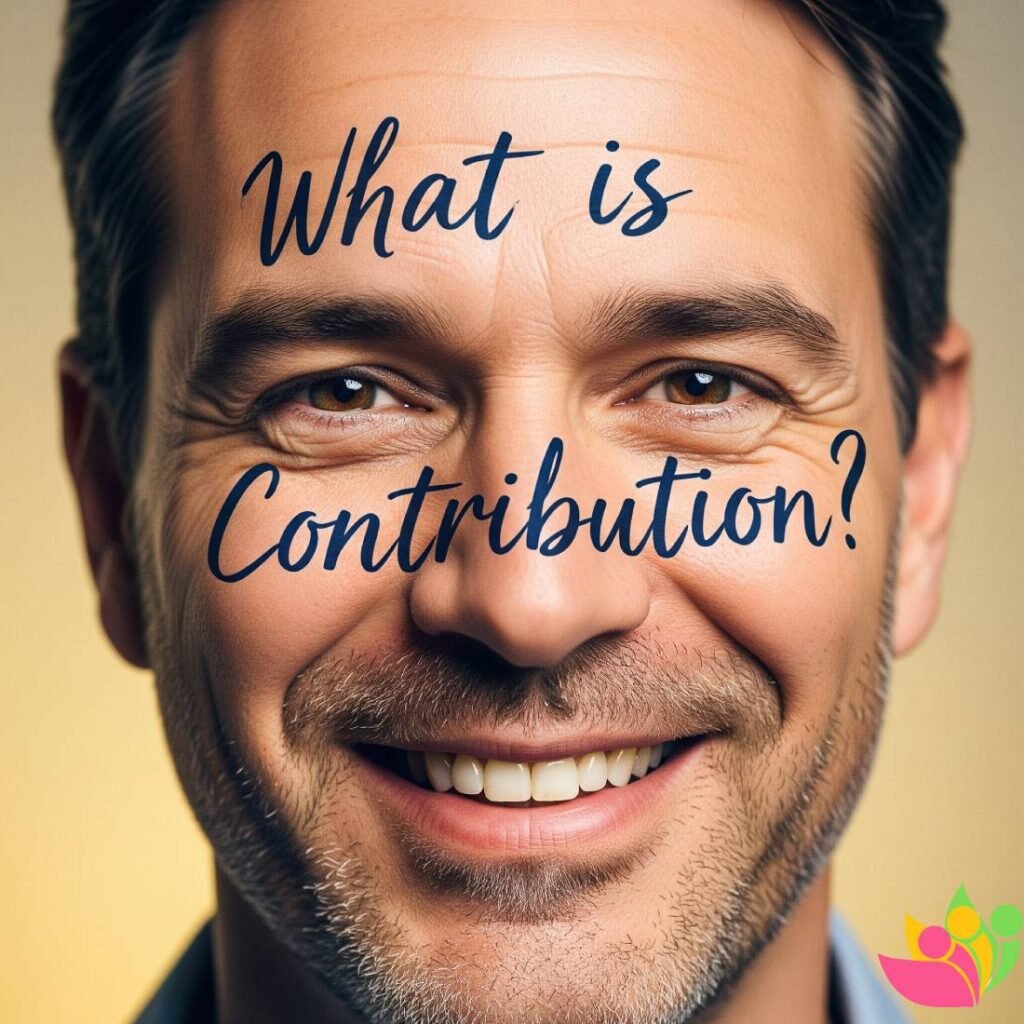When it comes to saving for retirement, a Roth IRA is a powerful financial tool that offers tax advantages and flexibility. For the year 2023, understanding the contribution limits and strategies to maximize your Roth IRA can help you build a solid retirement nest egg. In this guide, we will explore various ways to make the most of your Roth IRA contributions in 2023.
Know the Roth IRA Contribution Limits:
It is crucial to be aware of the contribution limits set by the Internal Revenue Service (IRS) for Roth IRAs in 2023. For individuals under the age of 50, the maximum annual contribution is $6,000. If you are 50 or older, you can make an additional catch-up contribution of $1,000, bringing the total to $7,000. Understanding these limits is the first step toward maximizing your contributions.
Start Early and Contribute Regularly:
One of the key strategies for maximizing your Roth IRA contributions is to start early and contribute regularly. By making contributions at the beginning of the year, you give your investments more time to grow tax-free. Additionally, setting up automatic contributions from your paycheck or bank account ensures a consistent saving habit, making it easier to reach the maximum contribution limit.
Take Advantage of Employer-Sponsored Retirement Plans:
If your employer offers a retirement plan, such as a 401(k) or 403(b), consider contributing to it alongside your Roth IRA. Employer-sponsored plans often provide matching contributions, which can significantly boost your retirement savings. By taking full advantage of these matching contributions, you can maximize your overall retirement savings potential.
Consider Backdoor Roth IRA Contributions:
High-income earners may face limitations when it comes to contributing directly to a Roth IRA. However, there is a strategy known as the “backdoor Roth IRA” that can help you overcome these limitations. It involves making a non-deductible contribution to a traditional IRA and then converting it to a Roth IRA. Consult with a financial advisor or tax professional to ensure this strategy aligns with your financial goals.
Leverage the Power of Tax-Free Growth:
One of the primary advantages of a Roth IRA is tax-free growth. By investing your contributions wisely, you can maximize the potential for your investments to grow over time. Consider diversifying your portfolio with a mix of stocks, bonds, and other assets based on your risk tolerance and long-term goals. Regularly review and rebalance your portfolio to ensure it remains aligned with your objectives.
Utilize Spousal Roth IRA Contributions:
If you or your spouse has little or no earned income, you can still contribute to a Roth IRA by utilizing spousal Roth IRA contributions. As long as one spouse has enough earned income to cover the contributions for both individuals, you can contribute to separate Roth IRAs for each spouse. This strategy can effectively double your contribution potential and boost your retirement savings.
Consider Roth Conversion Strategies:
If you have a traditional IRA or an employer-sponsored retirement plan, you may explore Roth conversion strategies. Converting these accounts to a Roth IRA can provide you with tax-free growth potential. However, it is essential to carefully evaluate the tax implications and consult with a financial advisor to determine if a Roth conversion aligns with your financial situation.
Stay Informed and Seek Professional Advice:
Tax laws and retirement regulations can change over time. To ensure you are maximizing your Roth IRA contributions effectively, stay informed about any updates or changes. Consider seeking guidance from a financial advisor or tax professional who specializes in retirement planning. They can help tailor a strategy that suits your specific needs and goals.
In conclusion, maximizing your Roth IRA contributions in 2023 requires careful planning and consideration. Start early, and contribute regularly.







